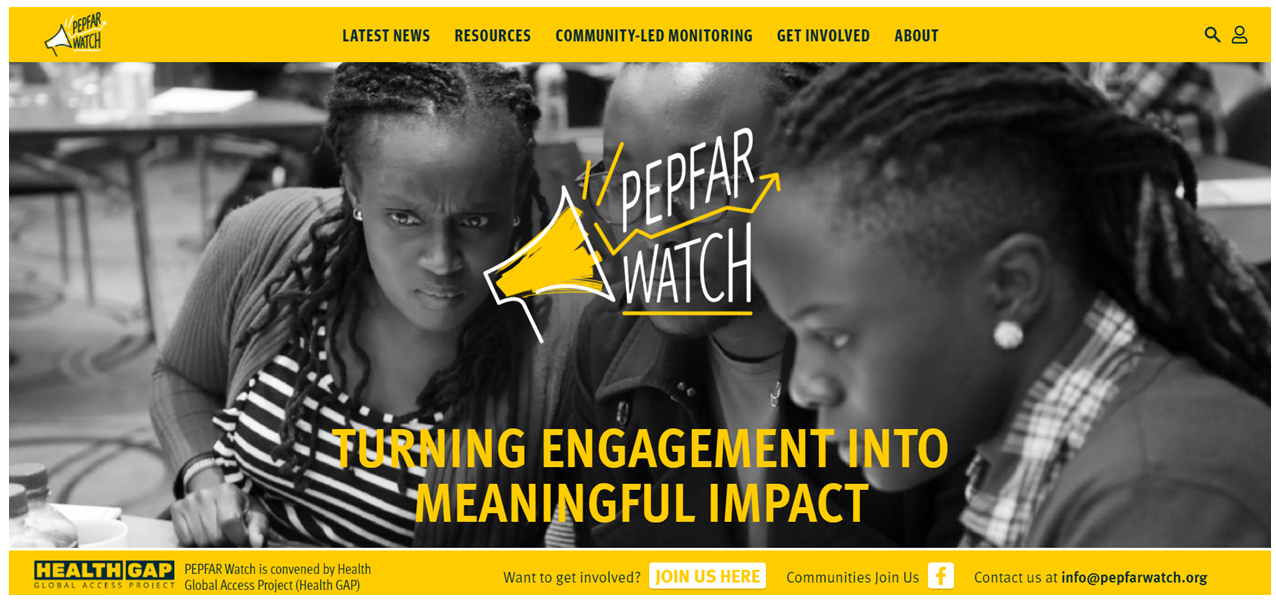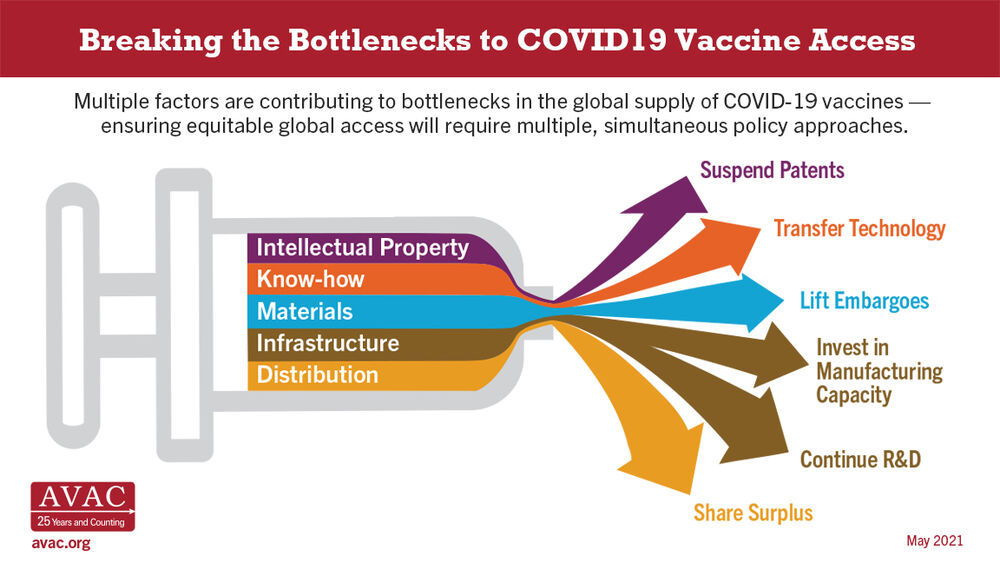The landscape for PrEP is in the midst of transformation, with opportunities to understand and improve HIV prevention. With increasing numbers taking oral PrEP and new products on the horizon, such as the Dapivirine Vaginal Ring and long-acting cabotegravir, the world must get rollout right. There are vital lessons to learn from how people use oral PrEP and critical questions to answer. AVACer Jeanne Baron’s blog, PrEP “Cycling”: The dance of oral PrEP explores one key lesson from today’s PrEP-users that could mean a new definition of success with PrEP.
And be sure to check two recent reports from AVAC’s Prevention Market Manager (PMM) project and Jhpiego, Evaluating, Scaling up and Enhancing Strategies for Supporting PrEP Continuation and Effective Use and Defining and Measuring the Effective Use of PrEP which offer key recommendations for this evolving field.
PrEP “Cycling”: The dance of oral PrEP
By Jeanne Baron
Oral PrEP, a daily pill first approved by the FDA in 2012, has changed a lot of things for the better for Josephine Aseme. At the start of 2021, more than a million people had at least started PrEP at some point since 2016—it’s movement in the right direction, but still shockingly short of the global target to reach at least three million people in that time-frame. Still there’s no question, it’s an essential HIV prevention option for Josephine and for many of the 12,000 women in the organization she founded in 2015 for women at risk, the Nigeria-based Greater Women Initiative for Health and Rights.
As a leader for sex workers’ rights, an advocate for poor and vulnerable woman, an AVAC Fellow and a sex worker herself, Josephine says she began taking PrEP in 2017 and quickly understood this pill would change her life. “PrEP really made a big impact for me. Clients cannot be trusted; they will deliberately misuse condoms, and I may not notice or be able to stop them. I was always scared of HIV. PrEP came along and empowered me to know that I can stay [HIV] negative.” So why is it that many PrEP users, including Josephine, sometimes “cycle off” PrEP, at least for a time? Understanding this question is imperative.
PrEP only works if you take it. For years, public health messaging, programs, services and data collection have attempted to reflect this fact of biology. A person has to have a certain level of drug in their body to be protected. This means that missed doses and missed appointments for refills, days and weeks not taking the preventive medication, represent a challenge, if not a serious problem. This in turn has led many to consider the discontinuation of PrEP as a potential failure; of programs and policies, of leadership and decision-makers, or even of users.
But the conversation is changing and stories from PrEP champions like Josephine, as well as data from studies, are leading the way. Josephine has counseled countless women on the potential benefits, risks and use of PrEP, and she herself has dropped her daily pill for periods of time only to later pick it up again.
A growing body of research about what’s behind this “cycling” points to a cross current of pressures. Many have been documented and are clearly barriers to PrEP use: side effects, stock-outs, fear of disclosure to partners and family, stigma and access issues, among others. But some people consciously choose to stop taking their pills, keen to give their bodies a rest from daily medication as they enter a period of their lives when HIV’s shadow is not so long.
While programs must have the resources to deliver PrEP to everyone who can benefit from it, a conversation with Josephine Aseme suggests there’s much to learn and understand about these patterns of use, and how policies and programs can support people to take PrEP when they need it.
Josephine has stopped taking her daily pill several times in the last five years. Once when traveling, she forgot her pills and found herself in a region where there was no access to PrEP. “I was away for a week and I reached out to other KPs [key populations eligible for PrEP] to see if I could get pills. It was sad. There was no PrEP there.”
At least twice she confronted stockouts after traveling hours to her regular “One-Stop-Shop” that offers stigma-free services for key populations. The month she visited her family she wasn’t working and dropped the pill while there. And during the terrifying month of March 2020, when COVID-19 shut down everything, she stopped taking PrEP.
And then there was the time she just got fed up. “I’d been on PrEP a long time. I was saying to myself ‘I’m tired.’ Some part of me was thinking, ‘enough of this medication has been in my system. I’m going off for two or three months.’ But at the same time, I was still doing sex work and I was still scared of HIV.”
Eventually that anxiety drove Josephine back to PrEP and she has not cycled off since May 2020. She says her experience with going on and off PrEP is typical. One of her own staff, another PrEP champion and a sex worker, went off PrEP for a time. “When I learned about it and asked her why, it was clear she understood the consequences. But I wasn’t surprised because I have gone through the same stage. She was just tired of taking a pill. She’s back on it now.” And why did she go back on it? Josephine offers insight into this.
In one of her programs at Greater Women Initiative for Health and Rights, Josephine offers support to sex workers at hot spots where they meet clients. Her conversations from this outreach put a spotlight on the struggle to stay HIV negative, and the pressures, fears and opportunities that spur a return to PrEP.
Josephine goes to the hot spots to share prevention messages, and remind people that they can stay negative. “I’ll see people I have helped to get PrEP, or provided referrals to PrEP, and they’ll tell me ‘sorry, my pill finished months ago, but now I feel like I need to go back to the pill’. Josephine says brothel owners will send them packing if they become positive. Most of the brothel owners encourage regular and mandatory HIV testing. “That fear will bring others back on track with PrEP. Maybe someone they know has just become positive. Sometimes my phone will ring with someone saying ‘I just remembered to call you today, please where can I get PrEP. I am in a new location now, where I can find it.’ We see this a lot in our program.”
The SEARCH study, conducted among the population of 16 communities in rural Kenya and Uganda since 2013, has provided telling data on these patterns. Still ongoing, SEARCH studied interventions to bring down the incidence of HIV, including rapid access to PrEP with counseling, and flexible options for follow-up, among other things. Among the key findings: 83 percent of study participants stopped PrEP at least once (half of them later restarted). Among those who initiated PrEP, incidence went down 74 percent (compared to control groups that were not offered this enriched program for PrEP) even though self-reported adherence among the whole cohort was never better than 42 percent and declined to 27 percent by week 60. The explanation may be that those who self-reported being at risk showed much higher adherence, never lower than 70 percent.
These data along with data from the US, the UK and Australia, among other high-income settings, suggest “coverage”—getting enough PrEP to the people who need it—can result in lower incidence across a population of PrEP users, even if many people are cycling on and off. It’s a picture that demands more nuance in how the field defines using PrEP effectively.
Two recent reports from AVAC’s Prevention Market Manager (PMM) project and Jhpiego, Evaluating, Scaling up and Enhancing Strategies for Supporting PrEP Continuation and Effective Use and Defining and Measuring the Effective Use of PrEP offer key recommendations to address these complex issues: the field should develop new definitions and metrics for effective PrEP use that anticipate that people will cycle on and off; a new focus on the impact of all PrEP products on reducing HIV incidence is needed; and more research must be done to understand the range of reasons people discontinue and return to PrEP.
Supporting people during seasons of risk to stay on PrEP will be relevant to the next generation of prevention products, including the Dapivirine Vaginal Ring (DVR) and injectable cabotegravir (CAB-LA), both approved by regulatory bodies and moving toward introduction, as well as the PrEP strategies still being tested, such as the islatravir monthly pill and injectable lenacapavir.
Even though these methods are longer-acting than daily oral PrEP, they each come with challenges. People will also start and stop or switch products. Exactly why and when, and how they find their way back to prevention must be better understood. Reaching women in remote villages in languages they understand must be part of the plan. And all this knowledge must be applied to programs and policies that should soon be offering an increasing number of options. Will those options be integrated into services that result in meaningful choices for Josephine Aseme and the women she works with? Josephine says she certainly hopes so, because sticking with daily oral PrEP has been hard, a life-saving yoke that sits heavily.
As a panelist at a recent prevention conference Josephine said a lot of the information wasn’t new, but she got excited when someone said PrEP is not a lifetime pill. “I really liked hearing this; the idea that I don’t have to be on PrEP forever. I am grateful for PrEP having my back all these years, for protecting me. But I am not happy taking it every day. I want to be able to choose other methods to protect myself. Every time I counsel someone who is initiating PrEP they ask me ‘how long do I have to be on it’ and it’s so good to say, ‘it’s not a lifetime pill. When you are still at risk, take the pill. When the risk stops, so does the pill.’”
###
Other publications coming from the PMM explore related topics in-depth: Lessons from Oral PrEP Programs and Their Implications for Next Generation Prevention, to be published shortly, draws lessons from the introduction of PrEP in terms of demand creation, the design of delivery, assessing impact and more. And a series of highly-focused briefs, also to be published in the weeks to come, will dive into key technical recommendations. Watch out for these!

